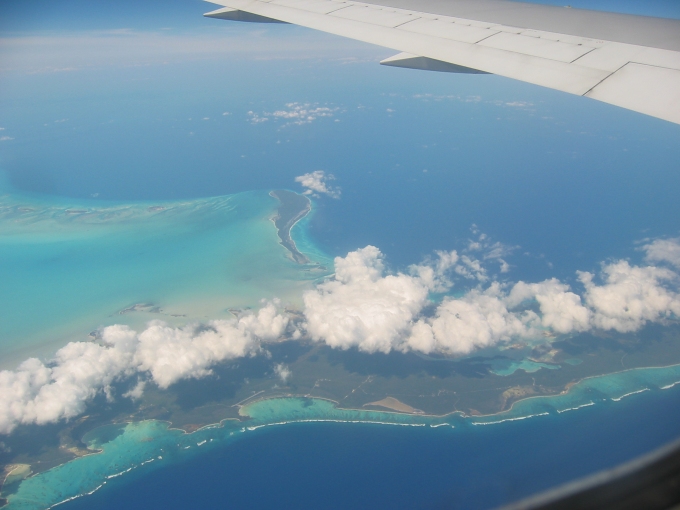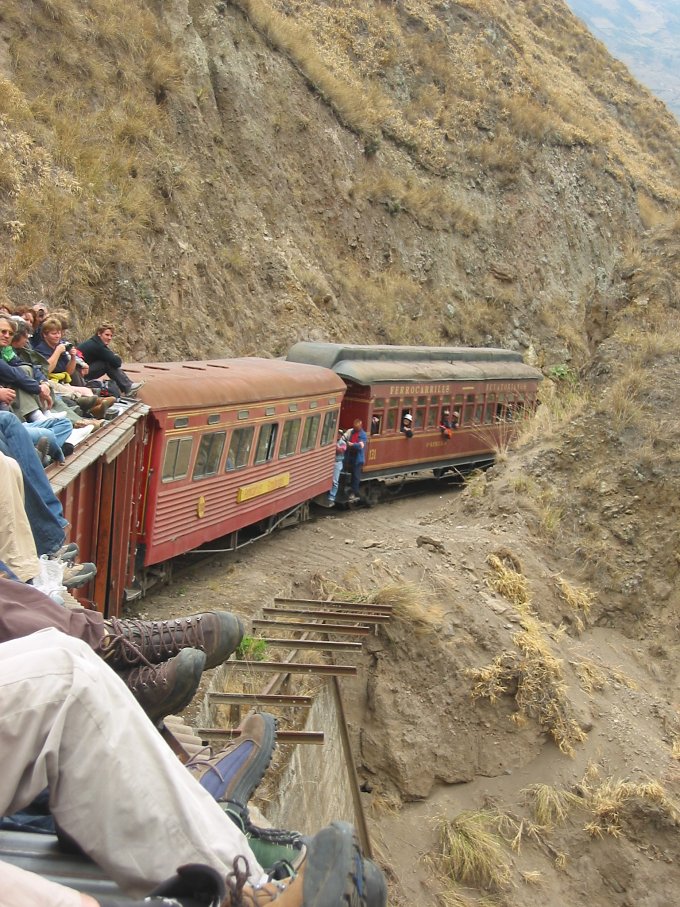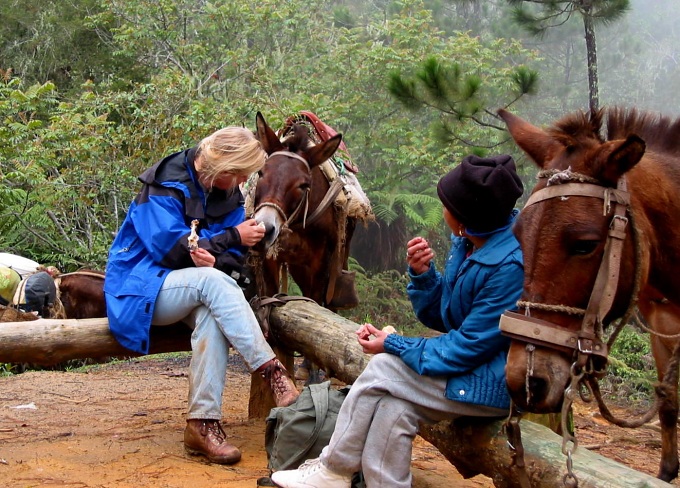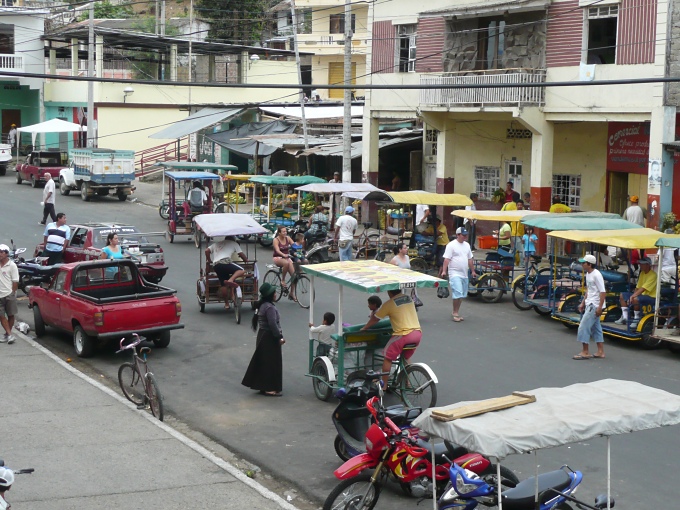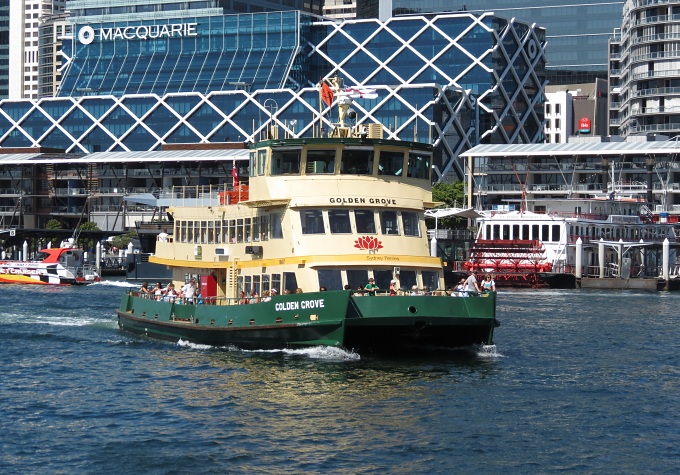24 x 7 Spouse
/When we first told people we were moving aboard a sailboat, an acquaintance seriously questioned our sanity. “Let me get this straight! Just the two of you…on a boat…all the time. Are you nuts?” Quite honestly, how many people could say they’d survive a life of 24 hours, 7 days a week with their partners. After all, there is “too much of a good thing”.
For nearly 14 years, David and I have done just that. Living aboard Nine of Cups is sharing tight quarters. Even a “spacious” 45-footer provides limited living space ... under 800 square feet to be exact…about the size of that small studio apartment you could barely afford right out of college. “How do we cope with constant togetherness?”, we're asked frequently.
The key for us is sensing and respecting each others' need for space. If the subtle art of sensing doesn’t work, then a more direct “I need some space” comment is usually effective. We’ve each managed to stake out a private area that is inviolate when “alone time” is needed. We’re quick to admit that initially the requirement for being alone was often met with a reproachful look from the other partner. Not any more though. Time apart, if only a few feet, can make all the difference in the world in a healthy attitude and we’re all for that. David usually chooses the cockpit or his nav station. For me, I set up a small work area on the saloon table or climb on our bunk. Most often a couple of hours is all that’s needed to restore good humor.
Alone time can also be accomplished by simply working on the boat or a project. There are a myriad of tasks that are ever-present. Varnishing, polishing stainless, mending, cleaning, repairing … whatever needs to be done. Simply performing these mundane activities allows an escape when needed. We each have different hobbies that we pursue. David works on intricate knots, rope work, carving and electronics projects. I spend hours writing about our travels, doing blog posts, editing and cataloging the endless number of digital photos I take. We share the results, but the period spent performing the activity provides an outlet for creativity and well as time in solitary thought.
Being together isn’t usually about finding ways to be alone, however, but rather finding new ways to enjoy each others' company. We play cards and games. We read a lot…sometimes aloud to each other. We spend lots of time in the water when we can, diving and snorkeling. Beach combing is a favorite activity whenever the opportunity presents. We like to watch movies and cook together and make plans for the next adventure. Land travel is tops when there's time and the budget allows.
We constantly strive to learn something new that we can share with the other. We didn’t know much about the stars, so we invested in star charts and learned together. What a thrill to be able to share the sighting of the Southern Cross for the very first time. Most singlehanders we’ve met complain that what they miss most is the companionship of someone with whom to share exhilarating moments: sighting whales, watching dolphins play in the bow wake, spotting iridescent squid that illuminate the night ocean or gazing at stars so dazzling and profuse, that it's nearly overwhelming.
There have been times when though we’re together, we actually miss each others' company. On longer passages, we take three-hour watches and other than eating together, one partner is usually napping or resting while the other is on watch. By the end of the passage, it’s as if we’ve been apart and it’s so good just to spend some time together again.
We certainly recommend that prospective liveaboards like each other…a lot! There’s more time alone on a boat than most people can imagine. As for us, after nearly 30 years of working, sleeping and eating together, we’re looking forward to enjoying the next 30 … together.
Are you a full time liveaboard couple or crew? How do you handle the “togetherness”?






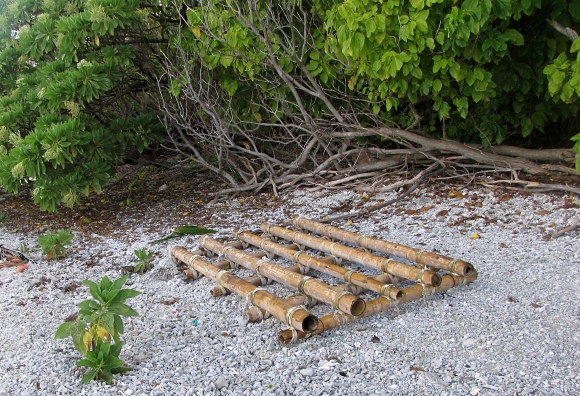

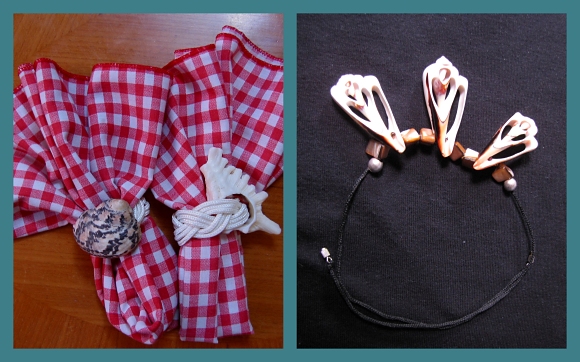
 aboard. We save the most distinctive findings as souvenirs. Others are kept for jewelry making and other uses aboard like napkin rings. Some we bring home for gifts. We've found that having a story to go with any gift makes it special, so I make sure to mark the shells as to where they were found.
aboard. We save the most distinctive findings as souvenirs. Others are kept for jewelry making and other uses aboard like napkin rings. Some we bring home for gifts. We've found that having a story to go with any gift makes it special, so I make sure to mark the shells as to where they were found.
